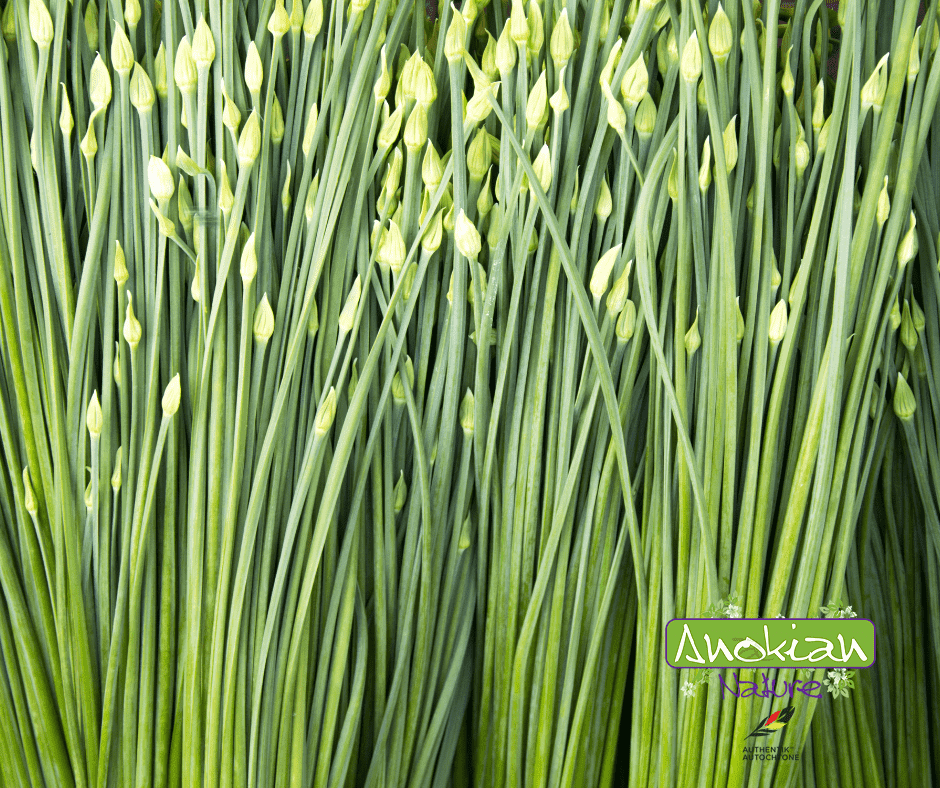Skip to product information










Seed | Oriental Chives
$3.99 CAD
Quantity
Oriental Chives offer a distinct flavor profile, more pronounced than common chives, with subtle garlic notes. Their sturdy stems and edible star-shaped flowers make them a favorite choice for authentic Asian cuisine.